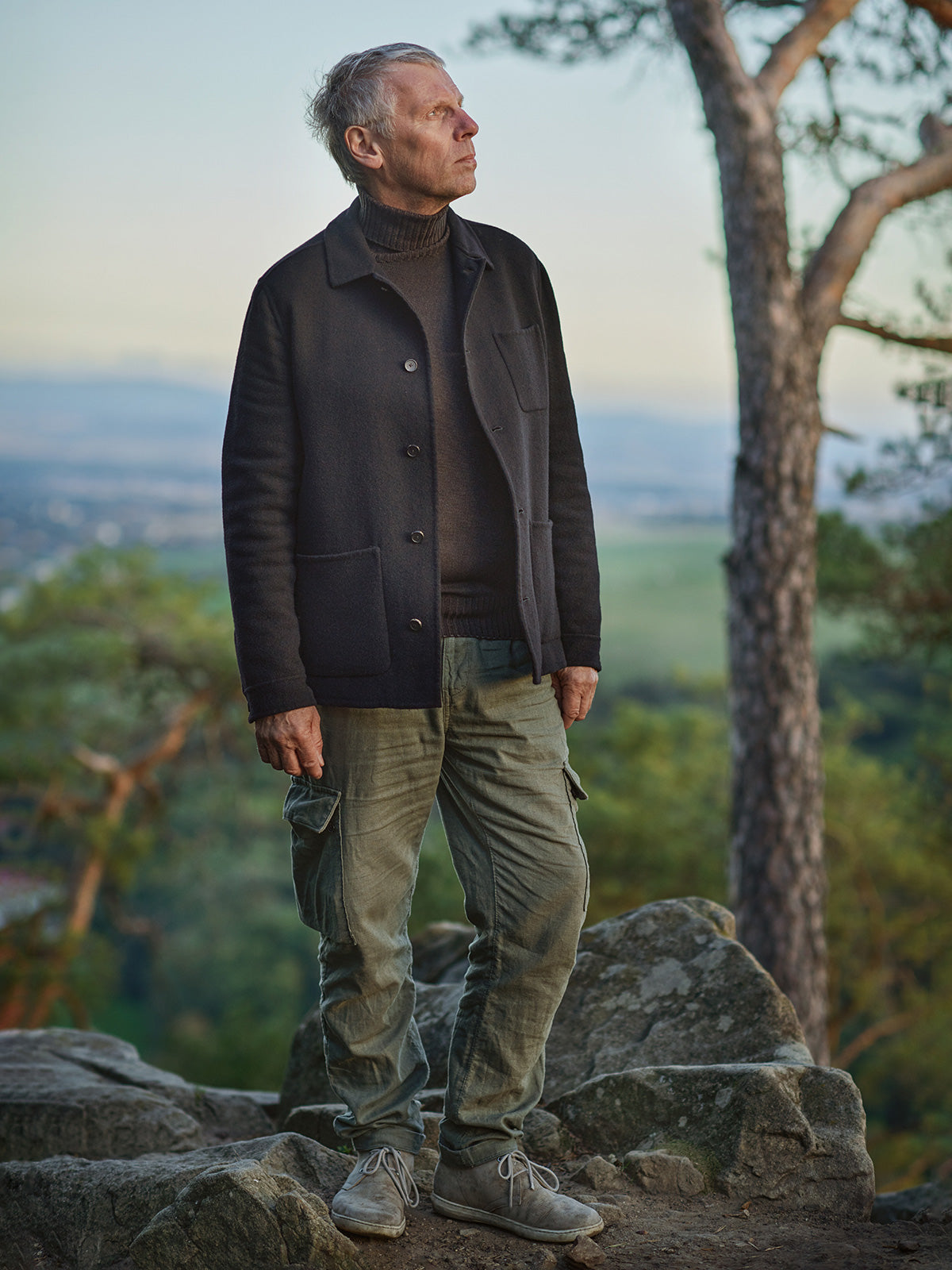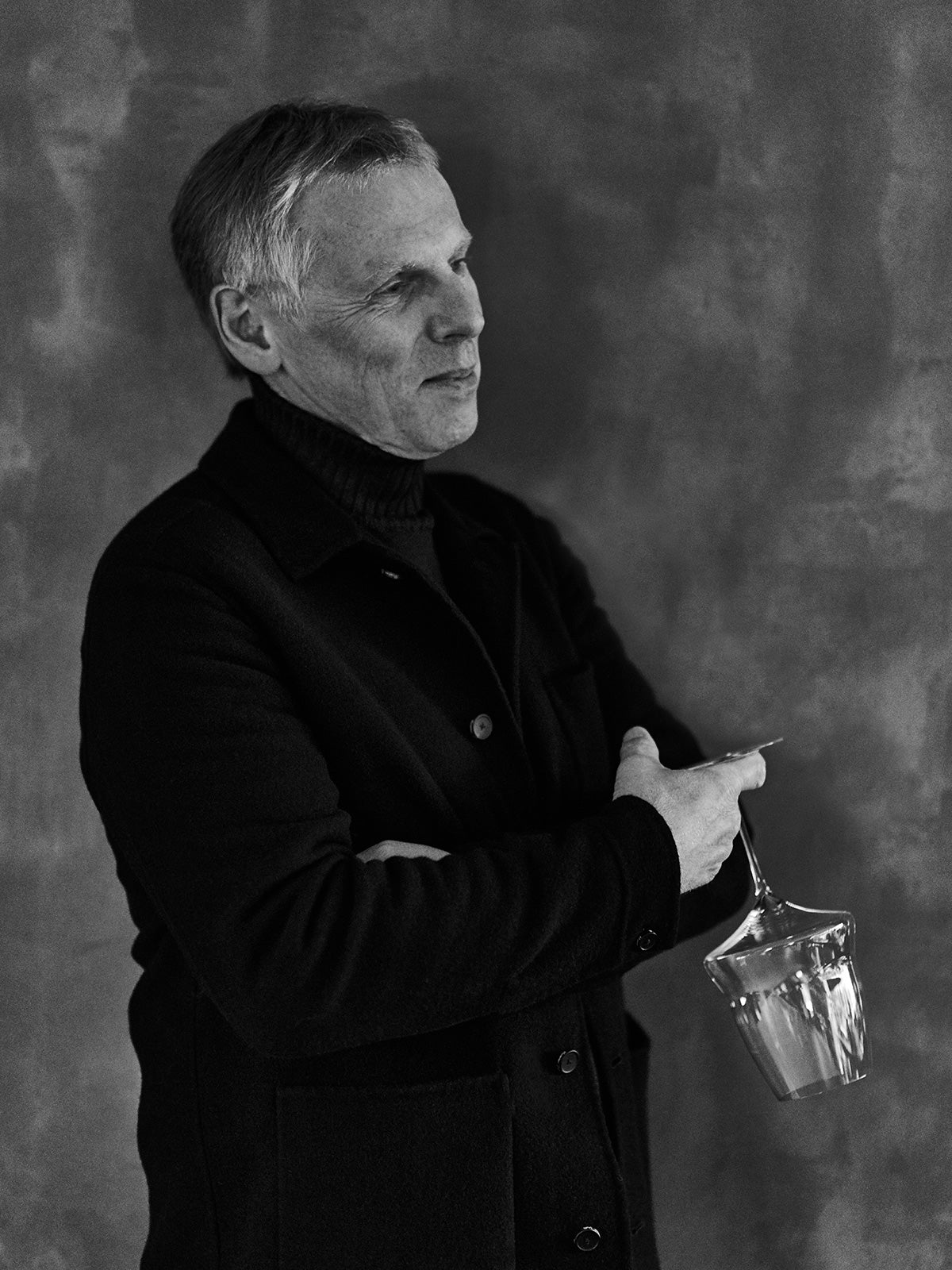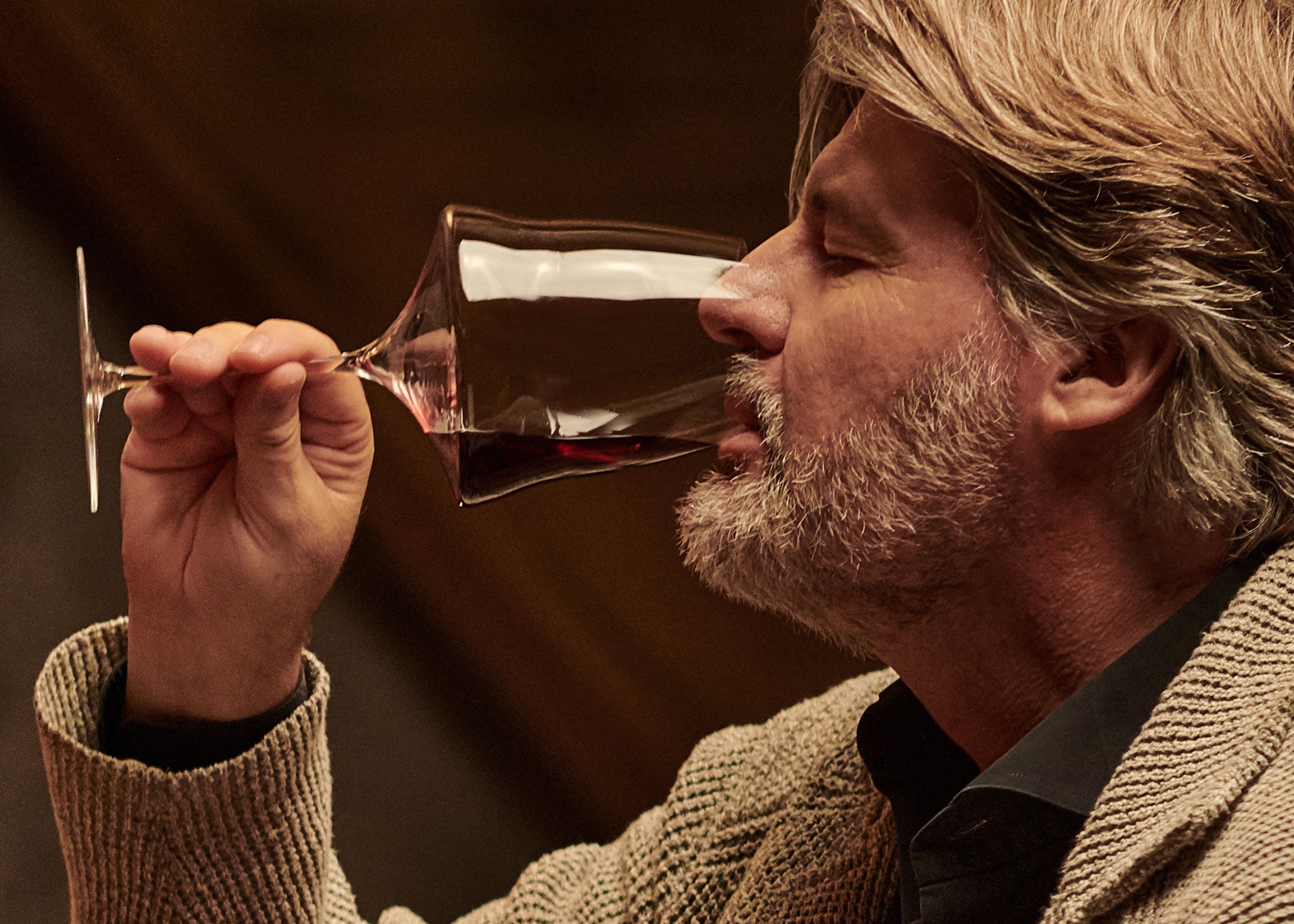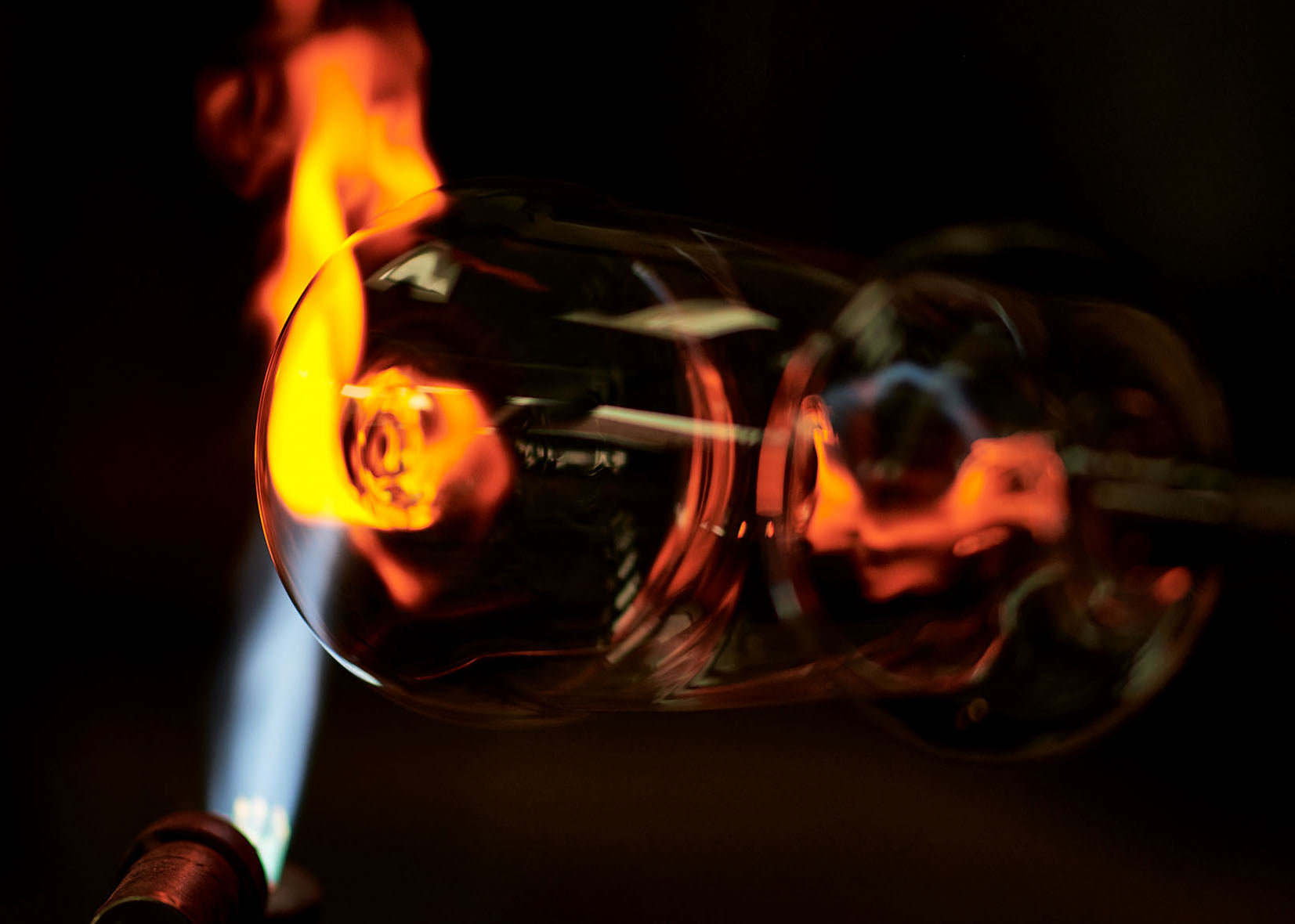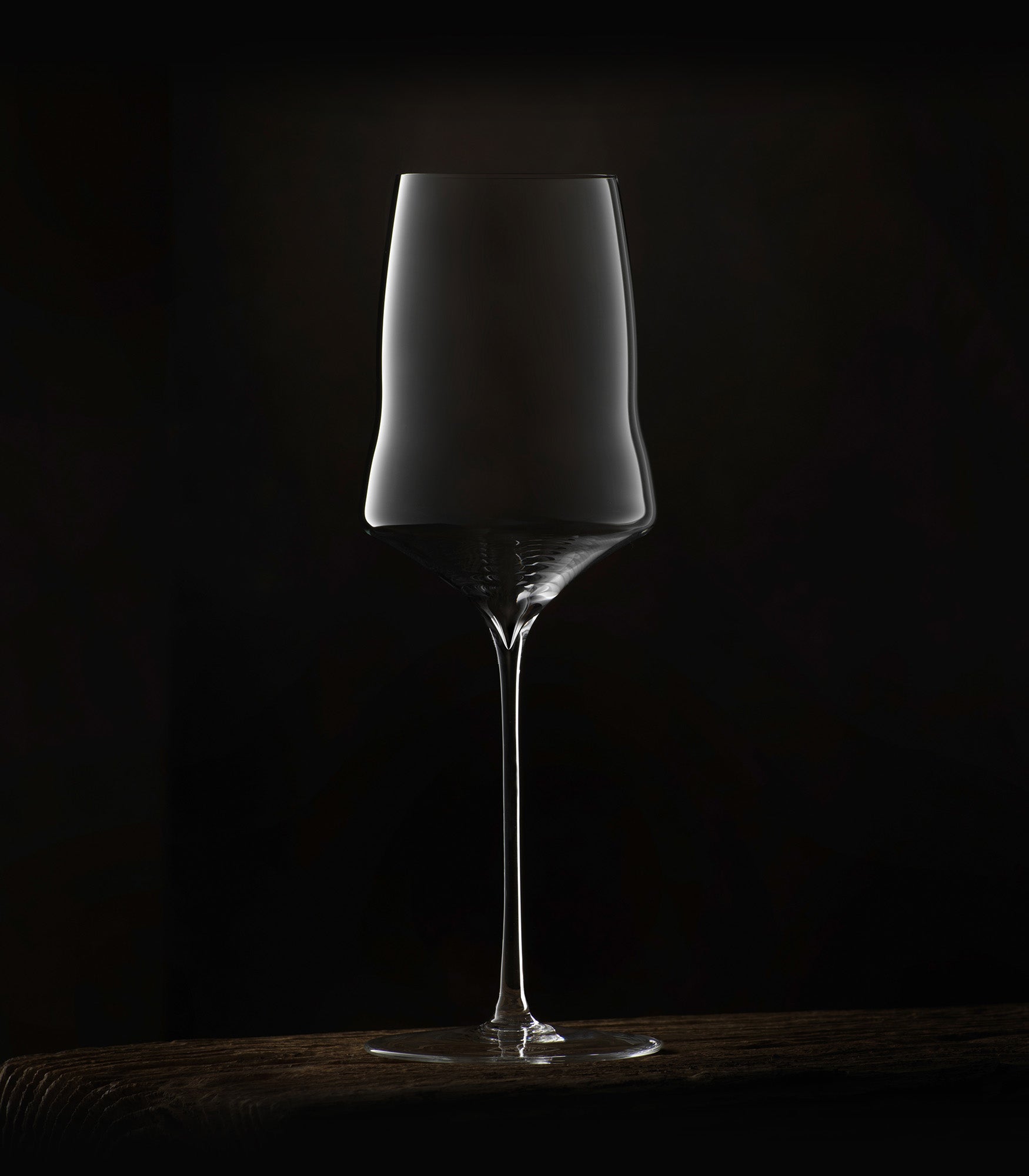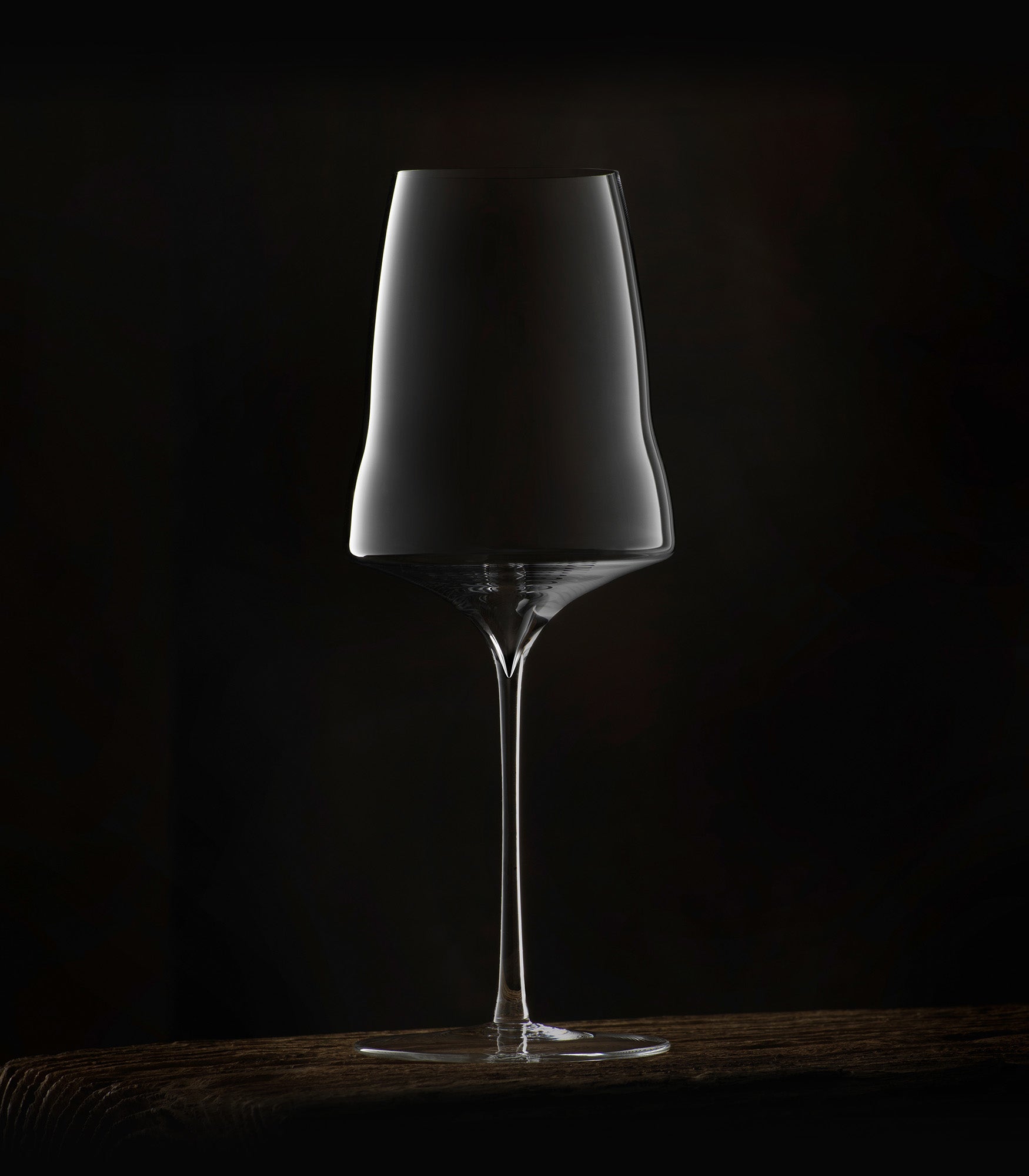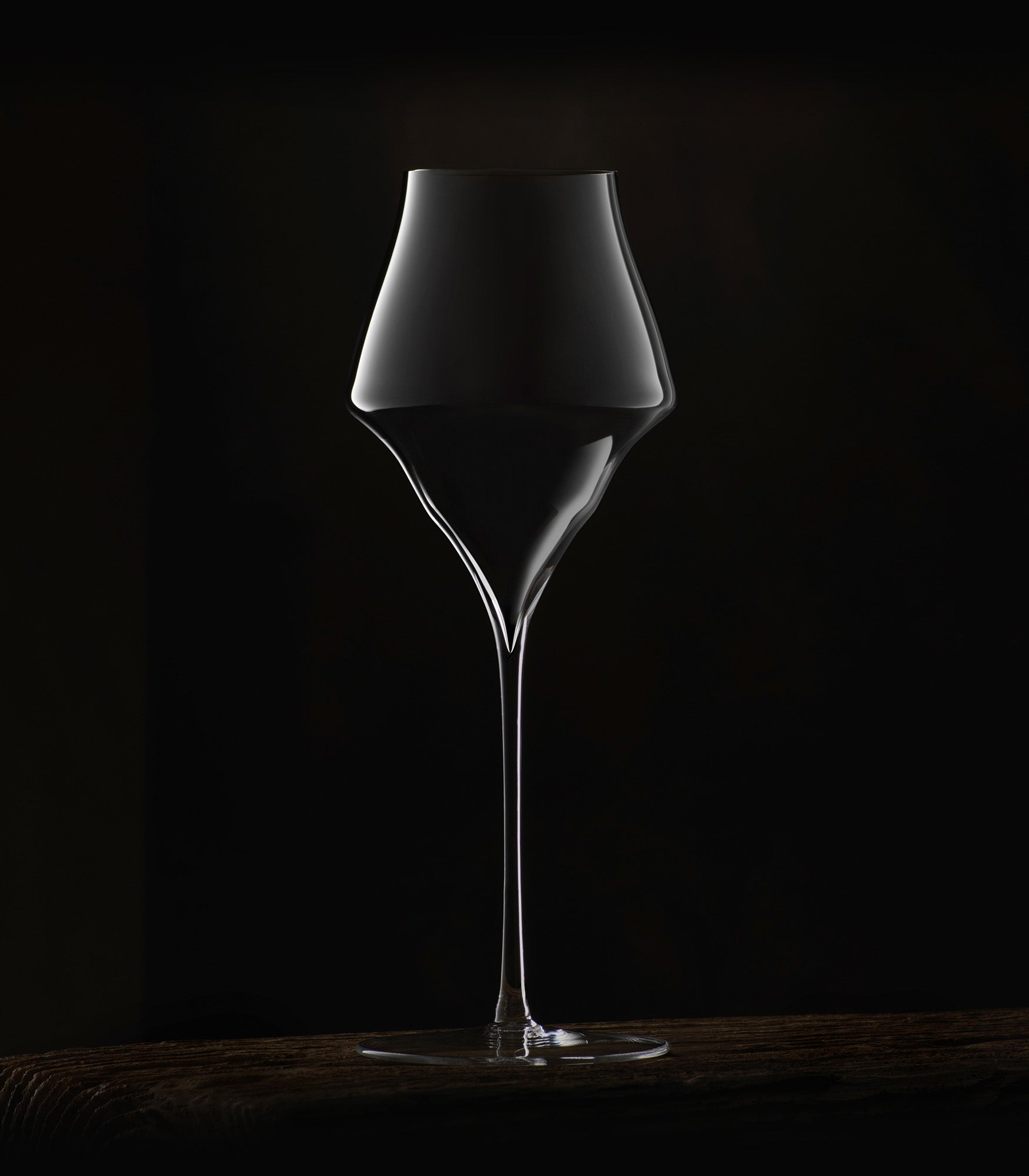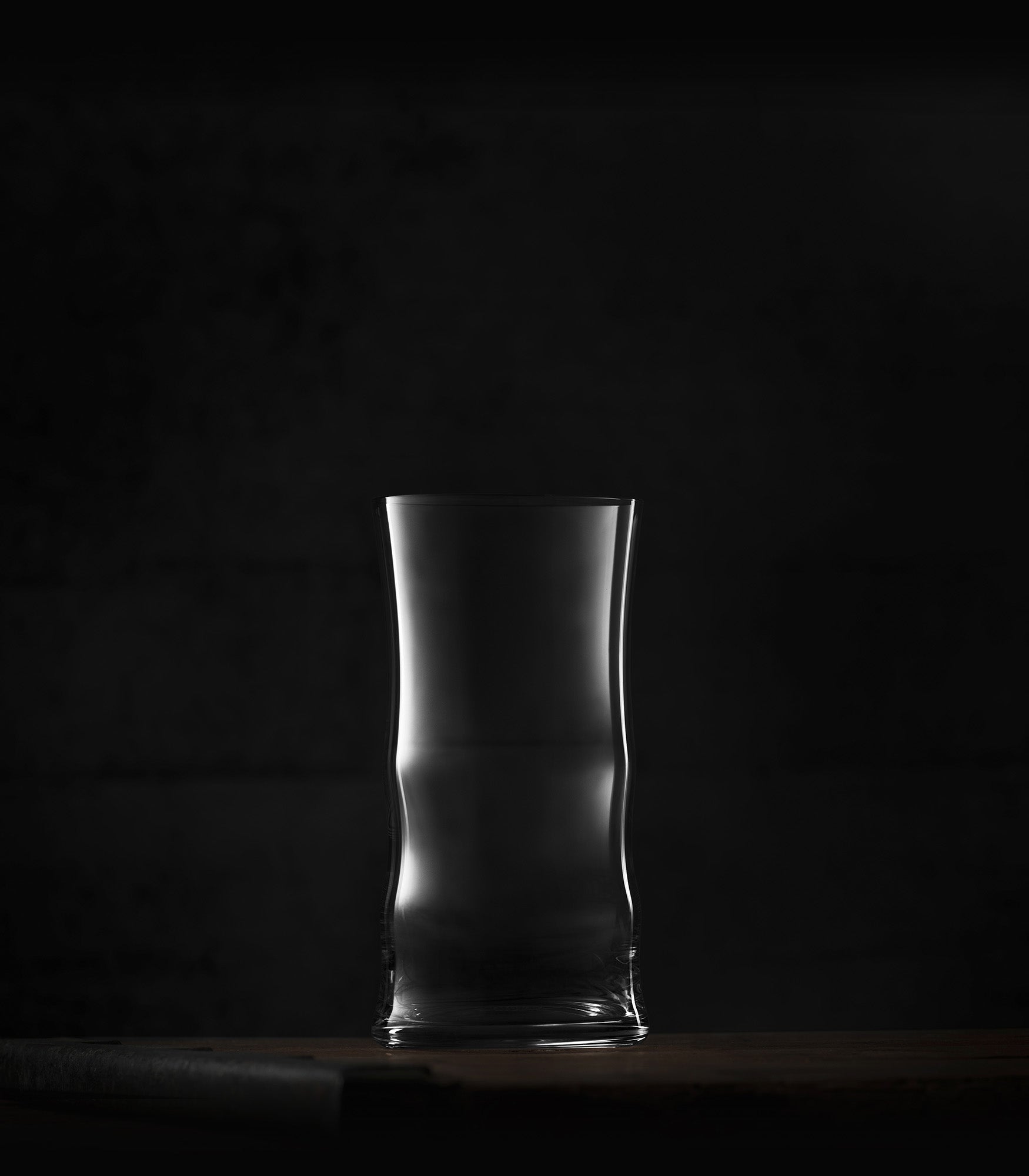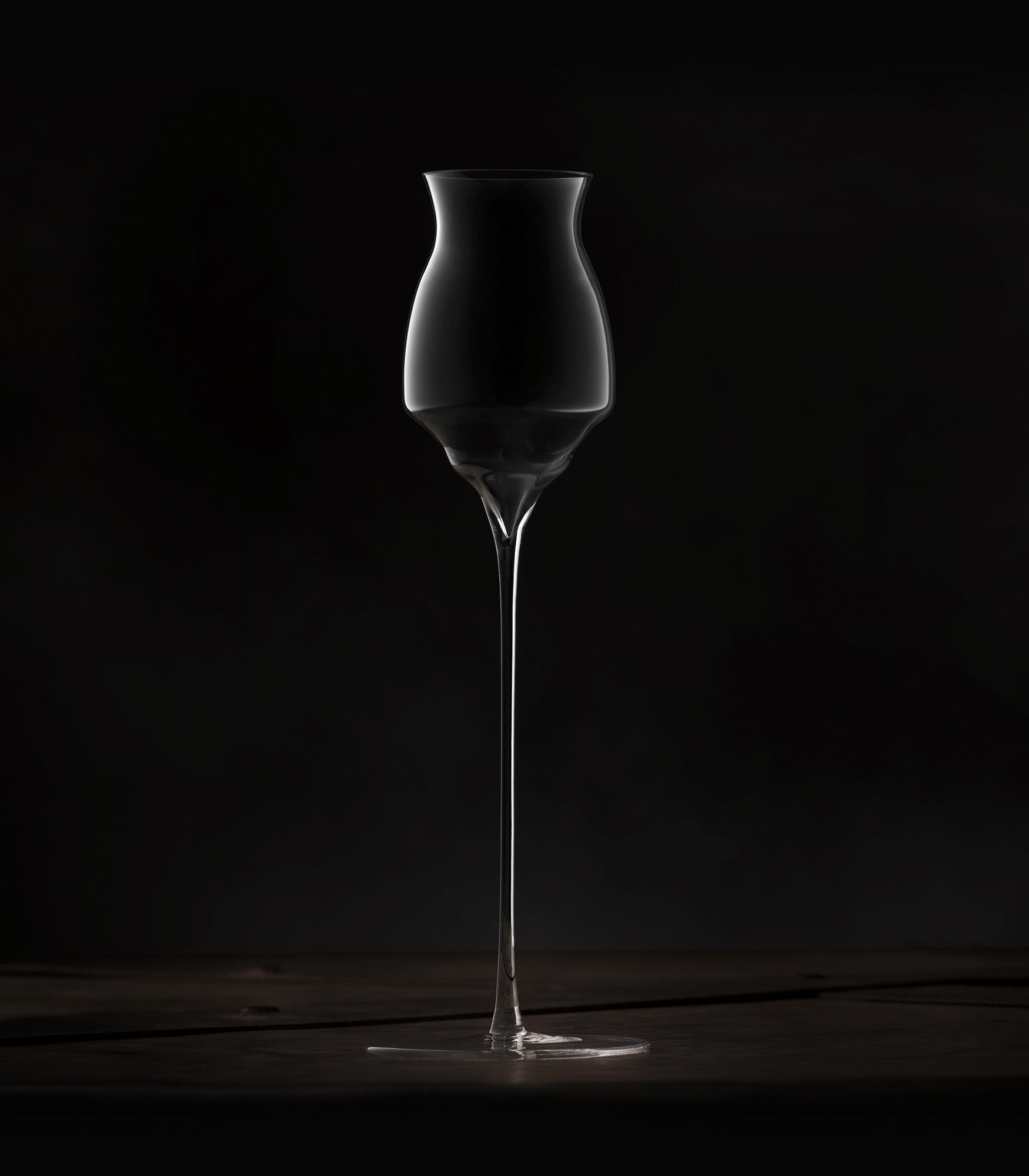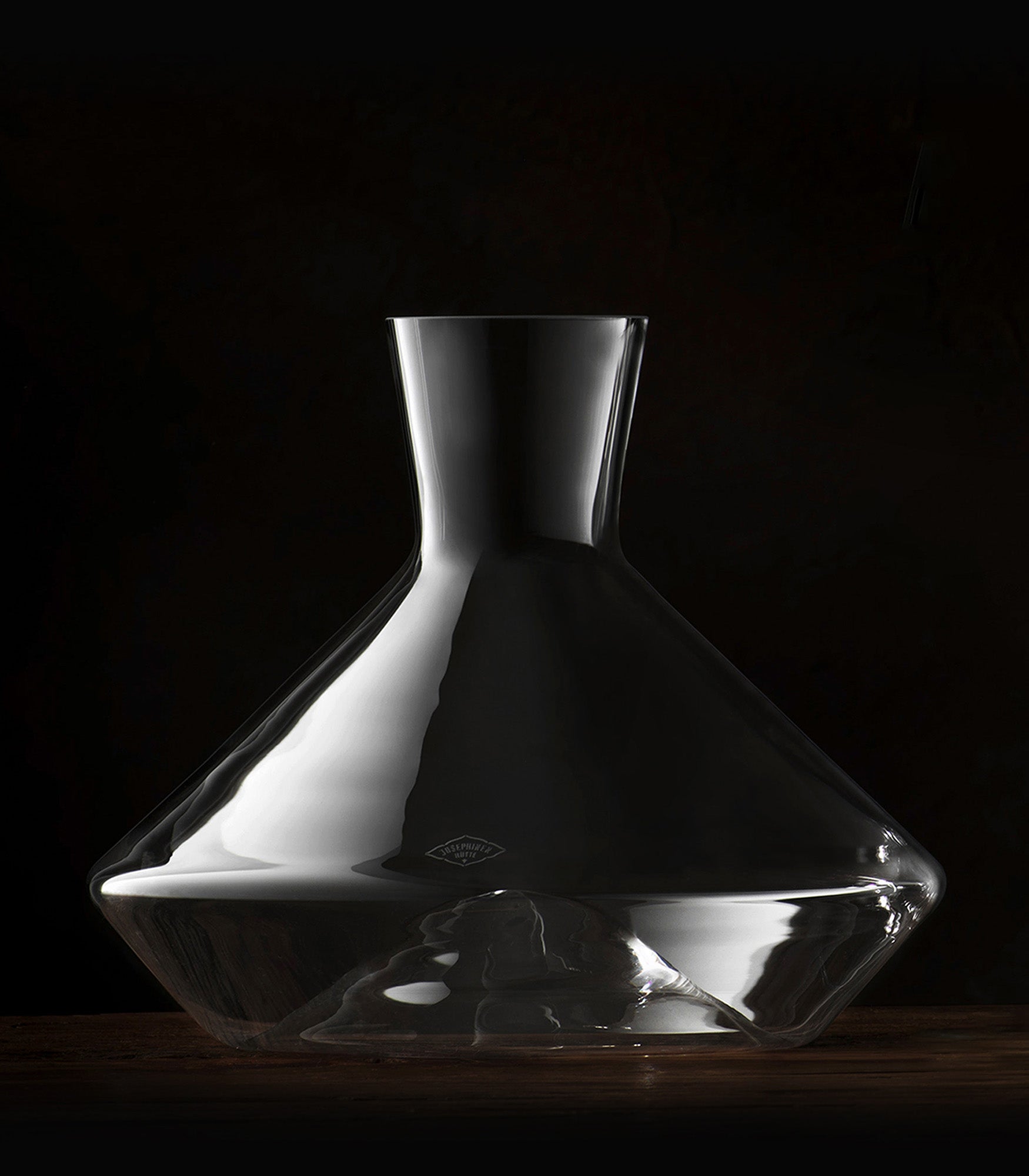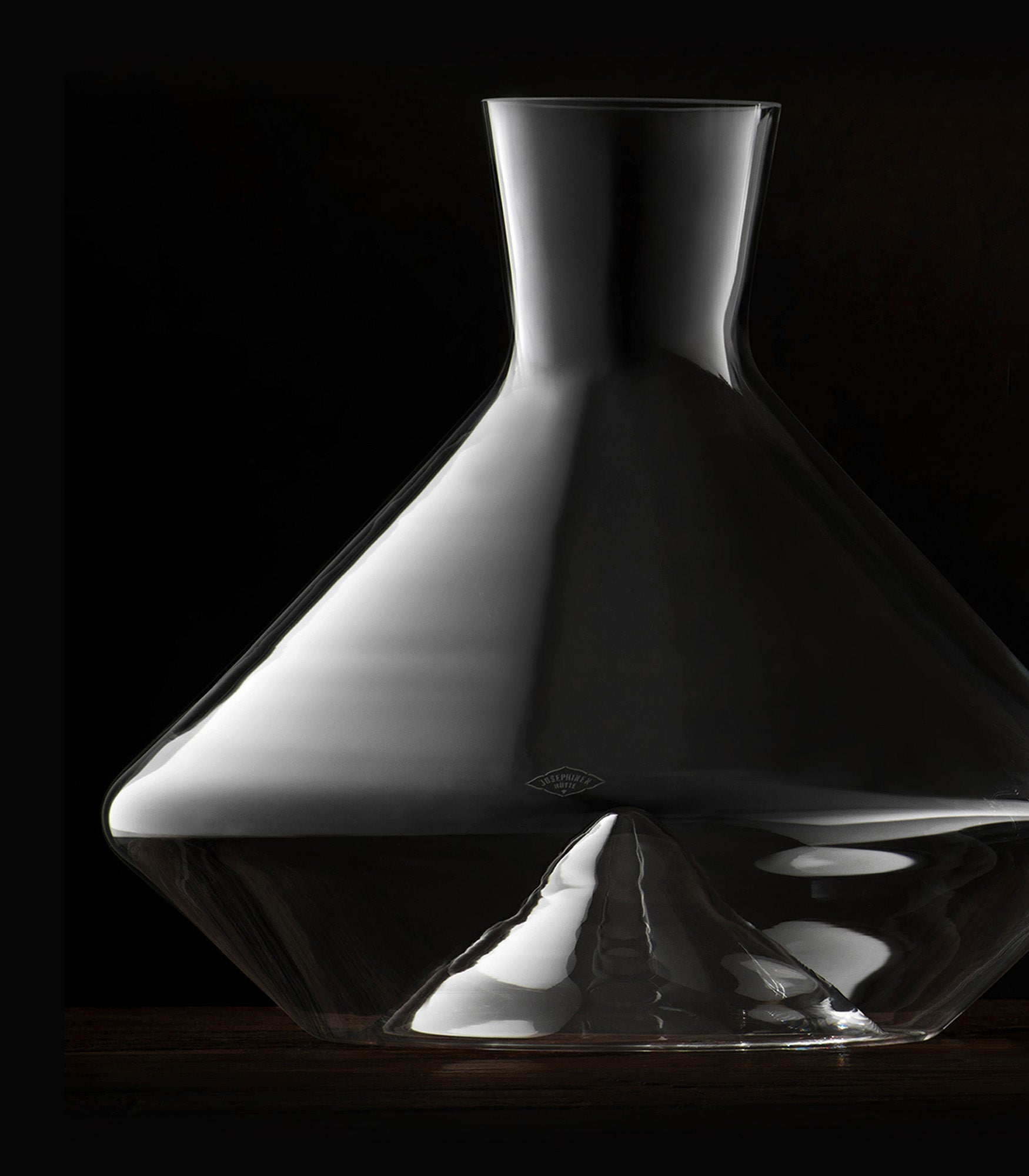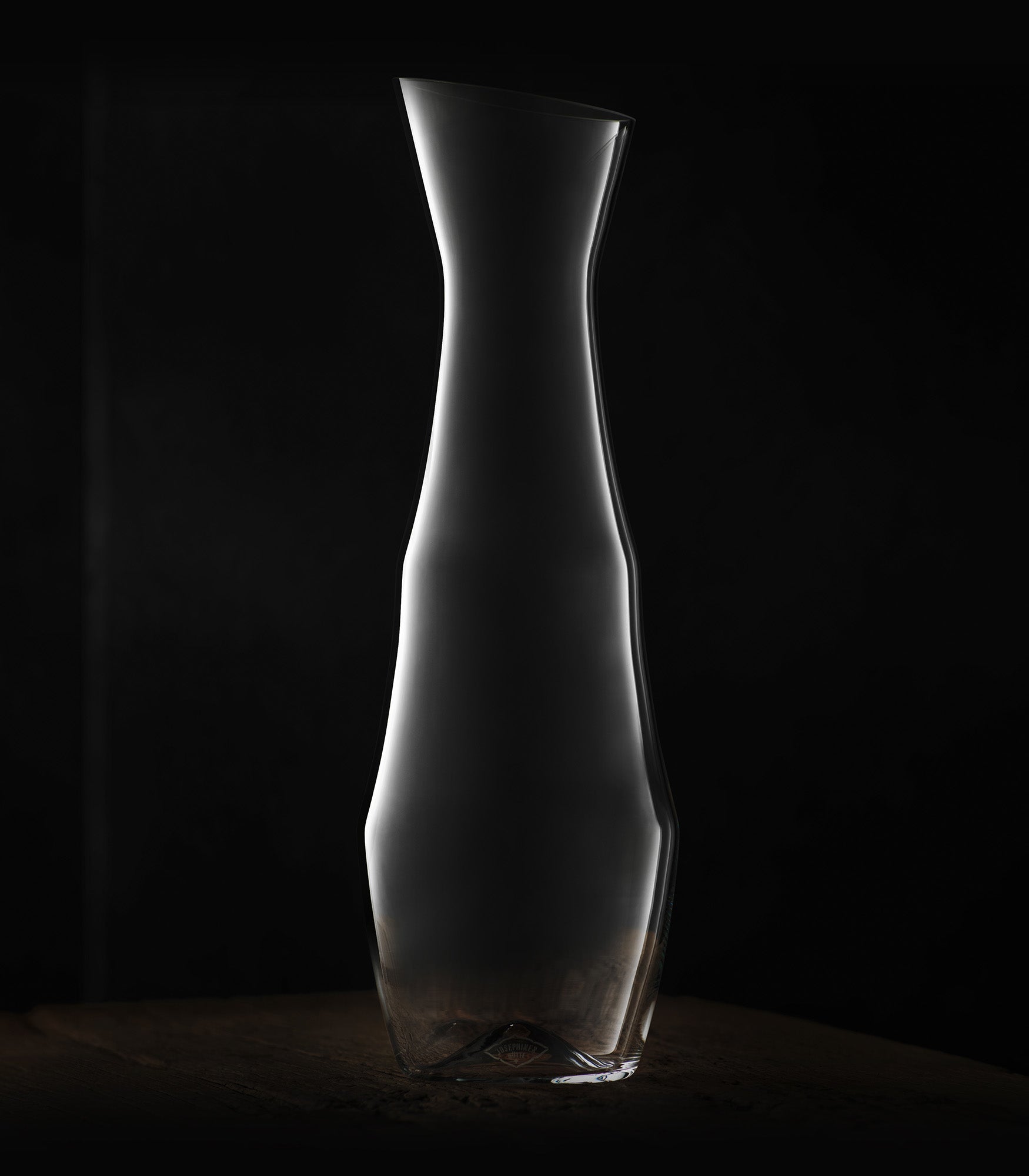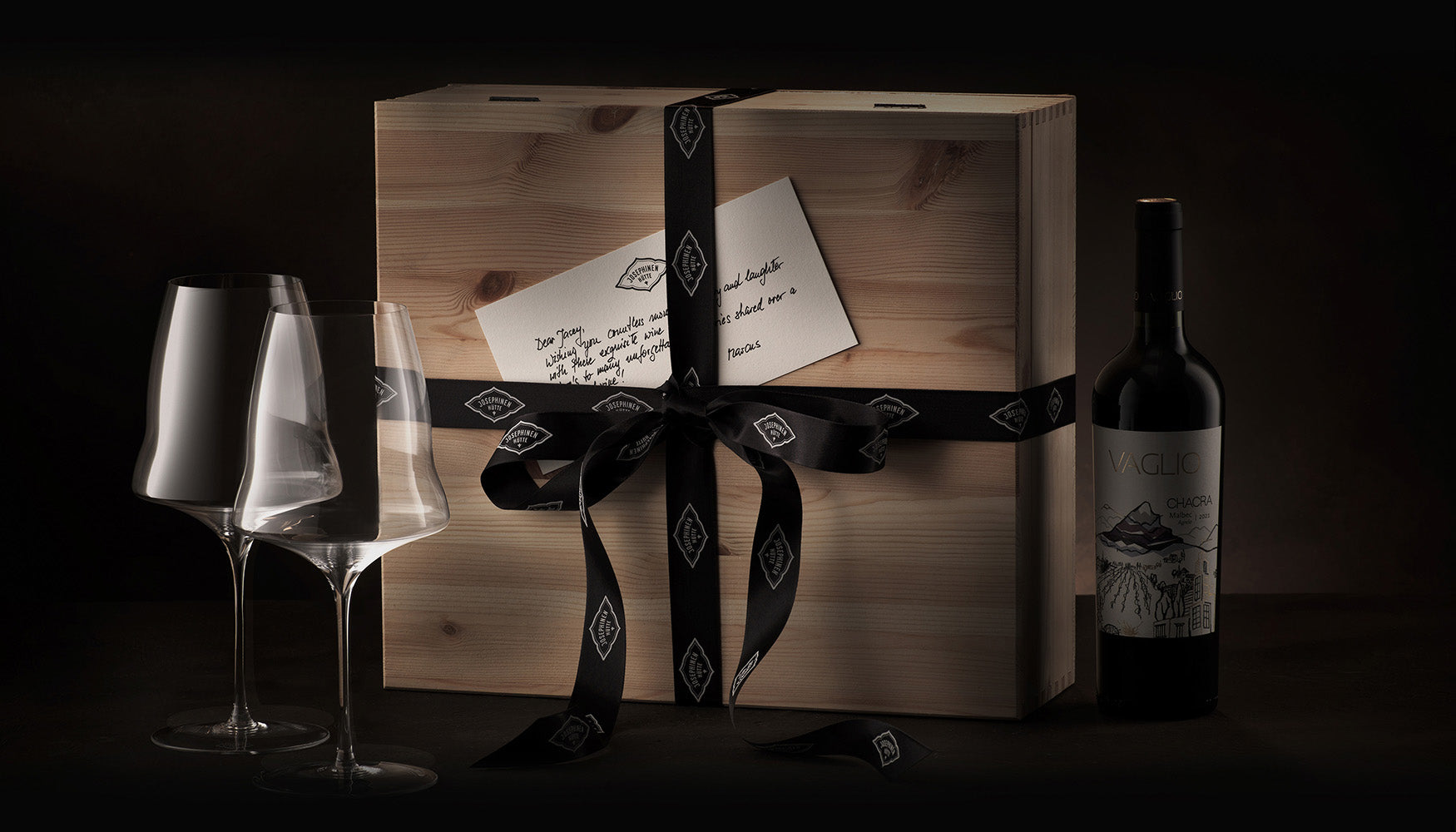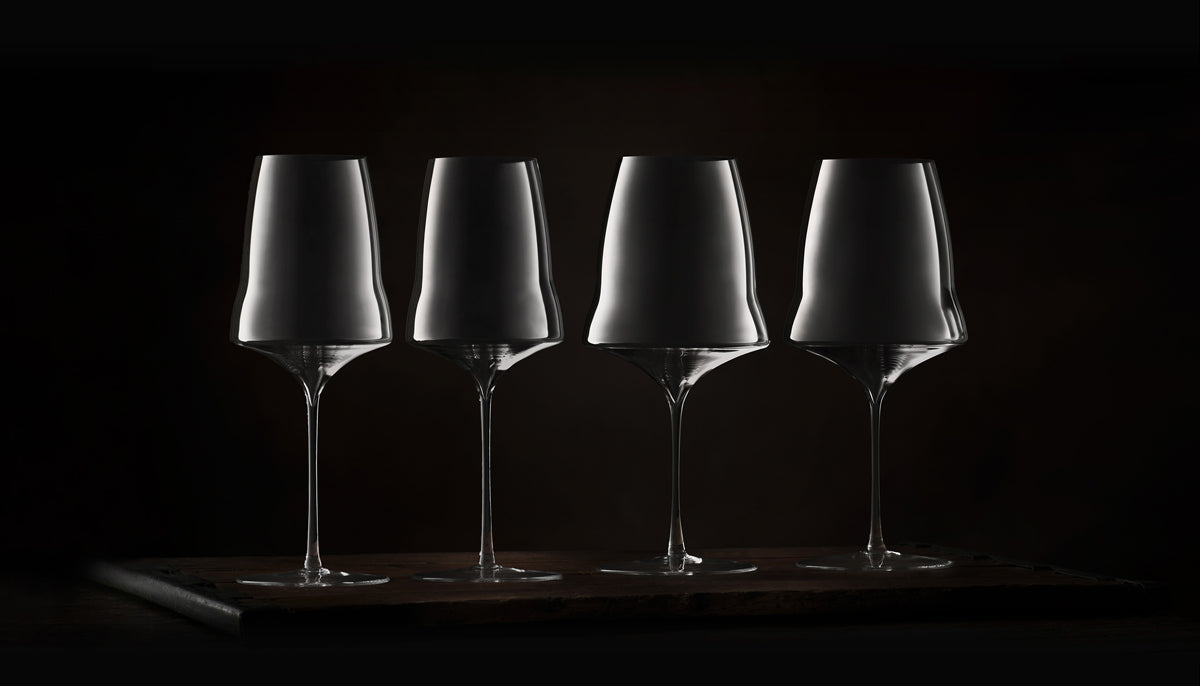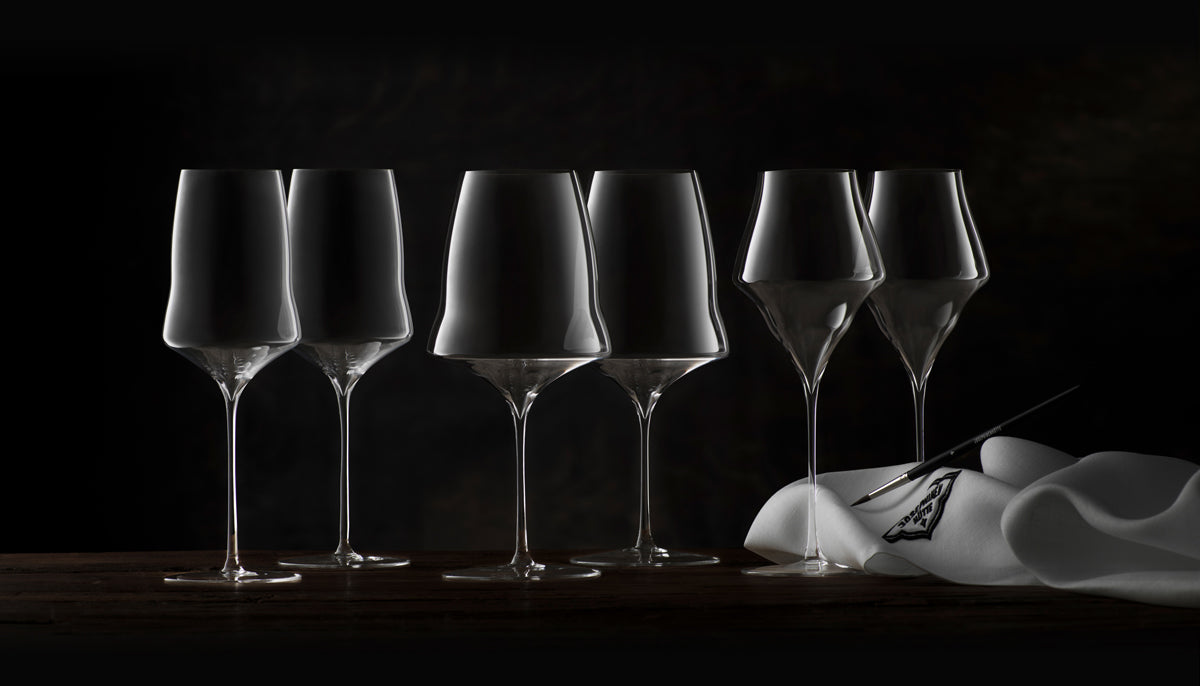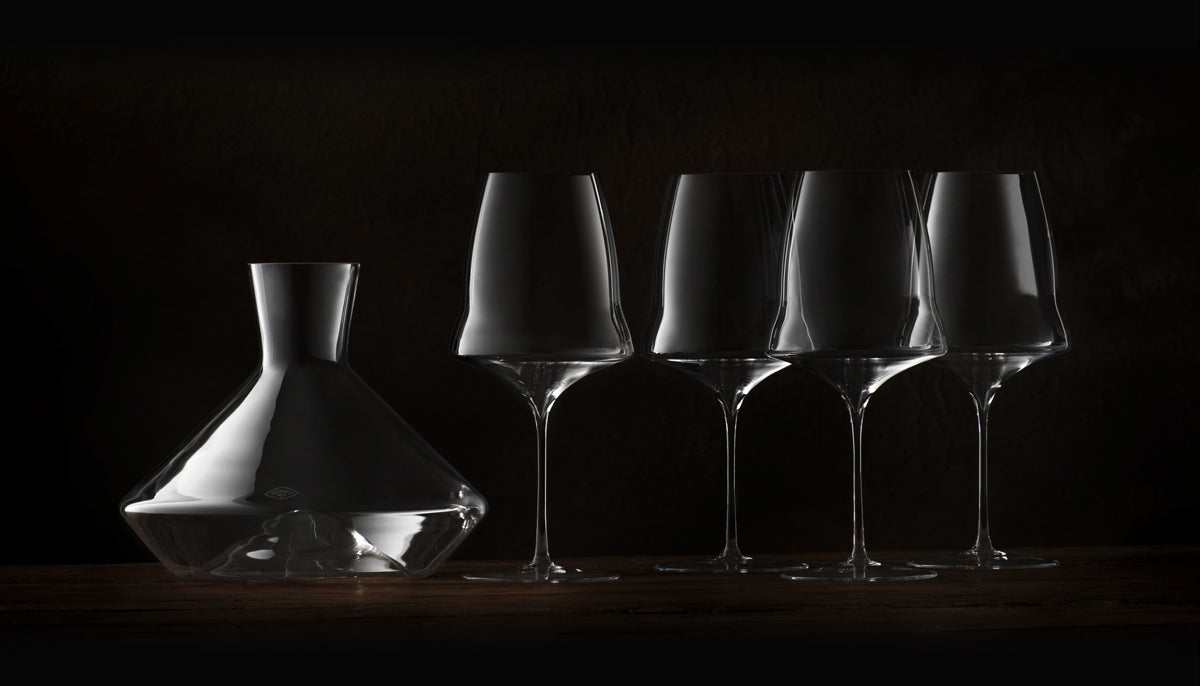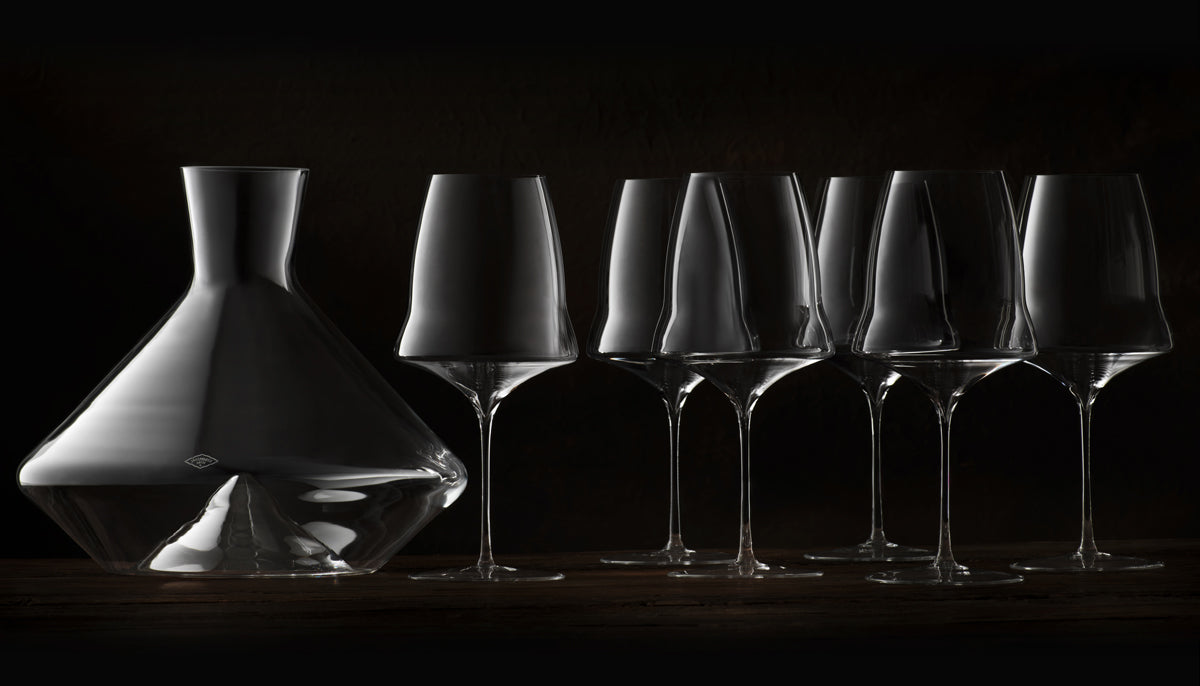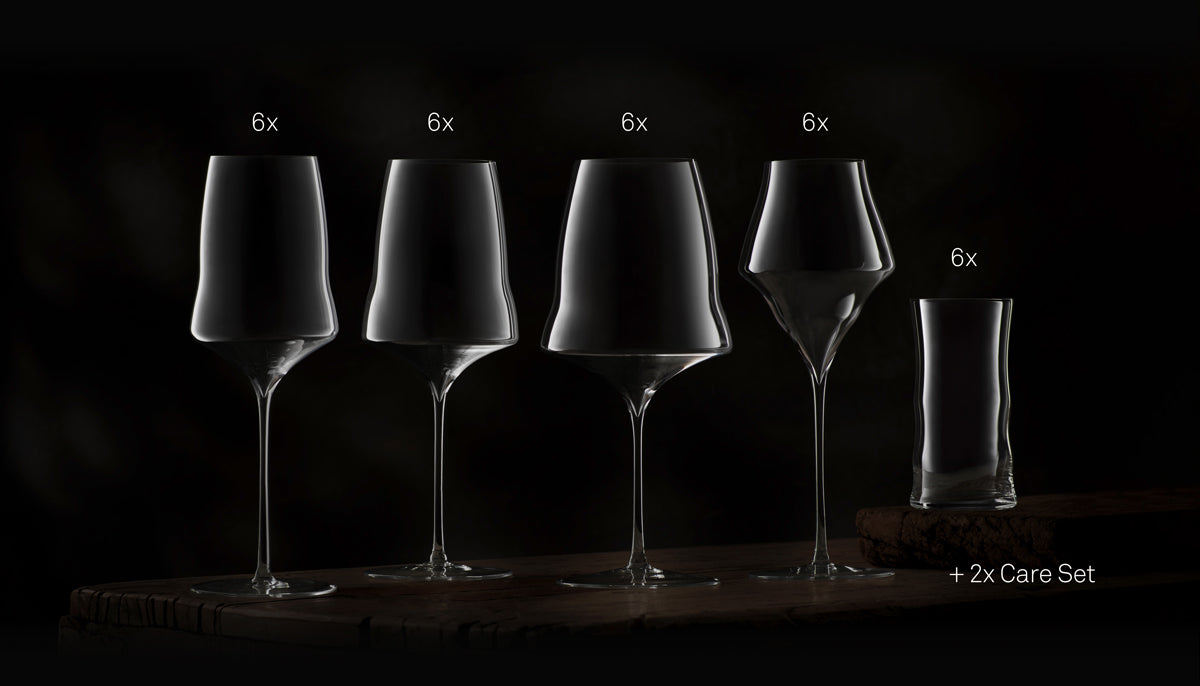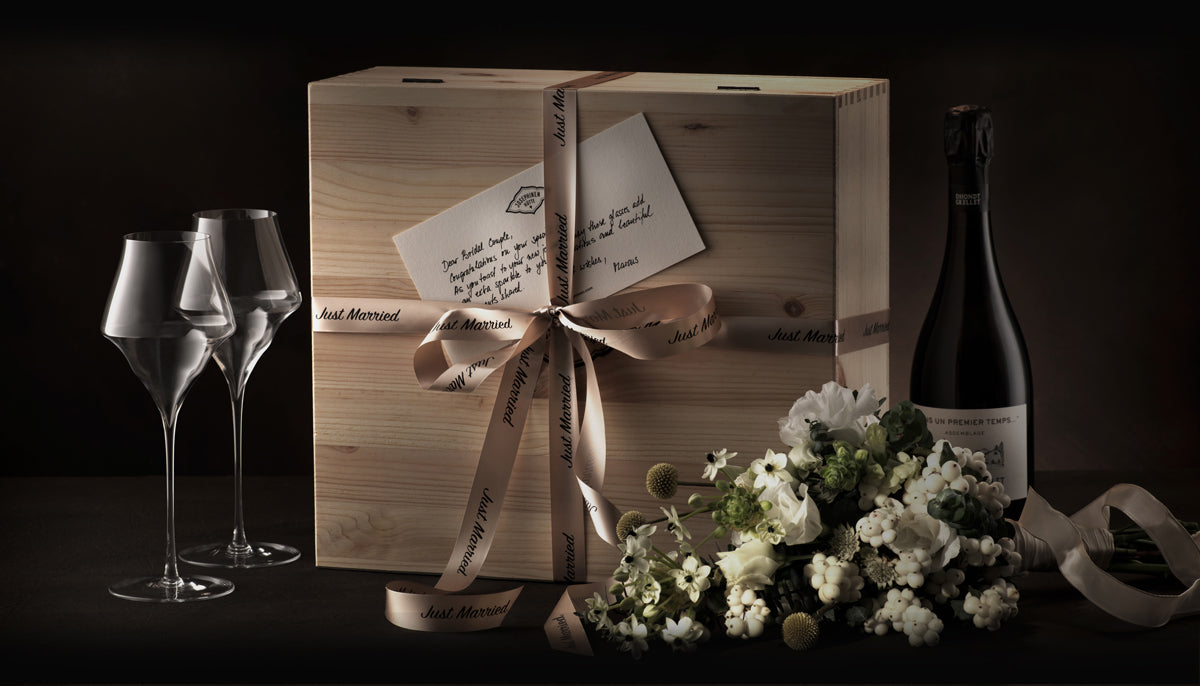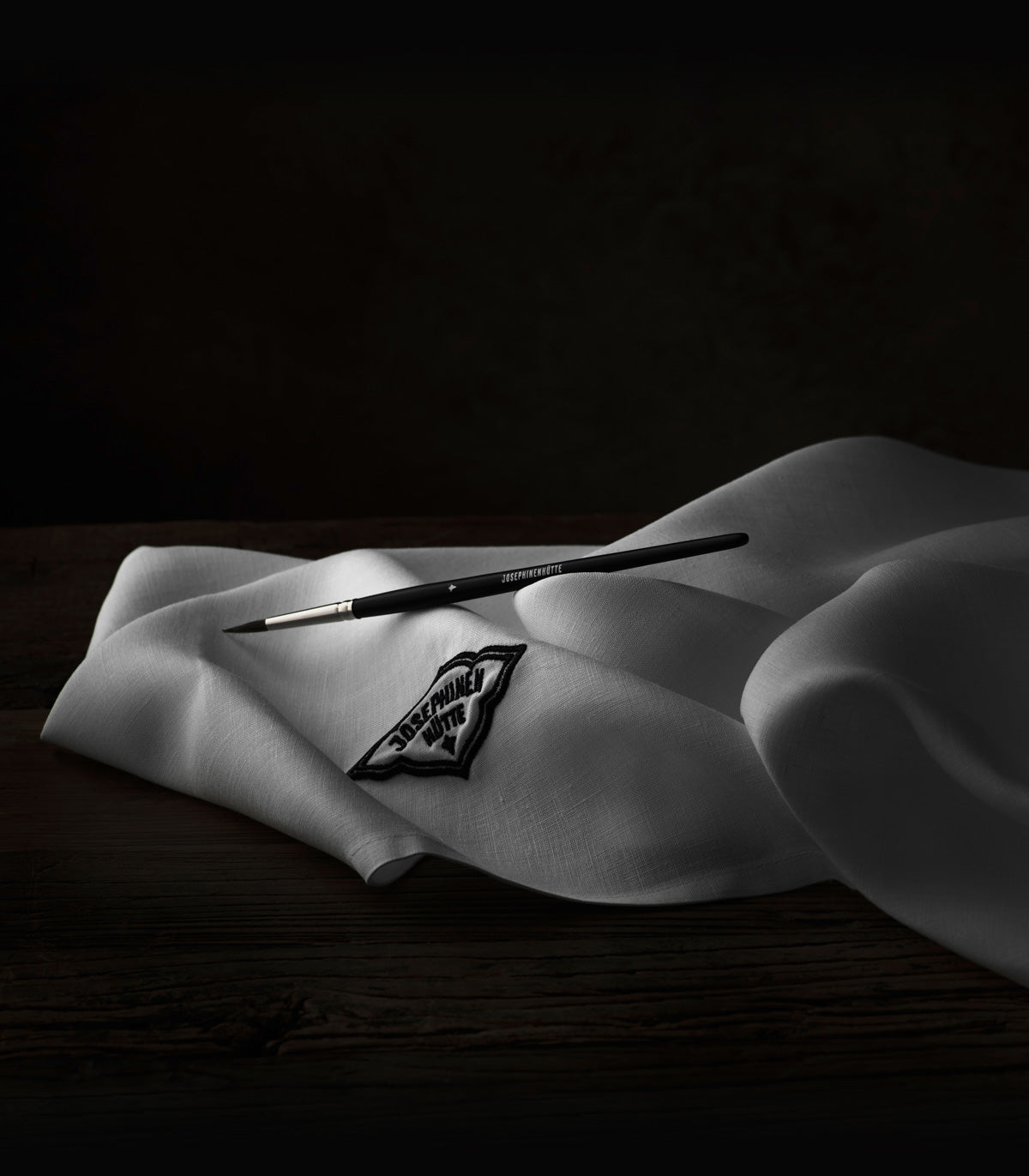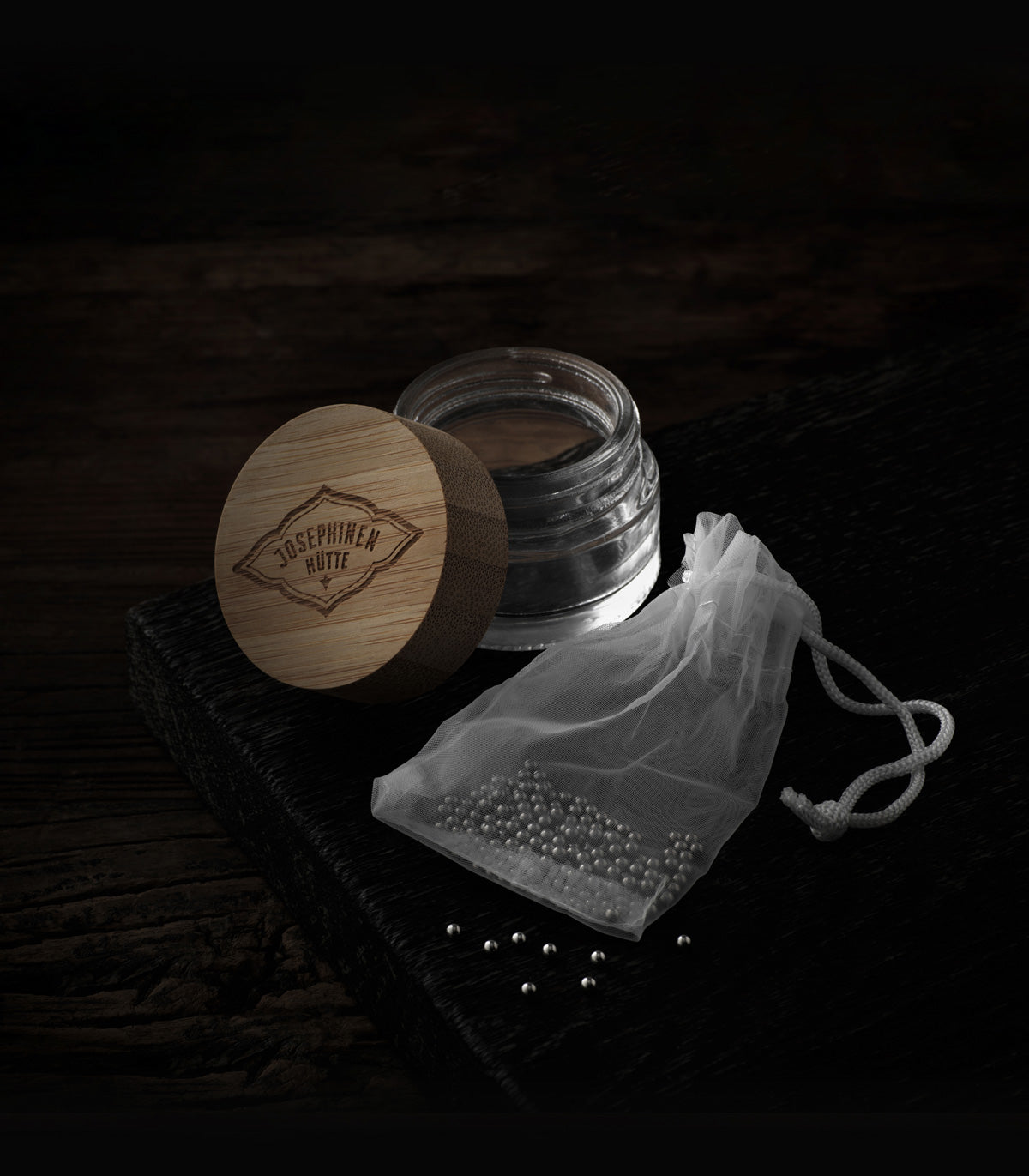Brilliantly designed. The soul of the Josephine is a visionary artist. Kurt Josef Zalto has created his masterpiece, a work of art for eternity.
Kurt Josef Zalto, a sixth-generation glassmaker and the creative mind behind the new Josephinenhütte, has consistently set standards in the international wine world. For decades, he has pursued the perfect glass, driven by a vision to create a vessel that enhances the aromas of wine better than any other.
The Josephine is Kurt Josef Zalto's masterpiece—innovative and remarkable, reflecting the spirit of the original Josephinenhütte. With its lightweight, thin-walled, and elastic design, this wine glass redefines the experience of enjoying wine.
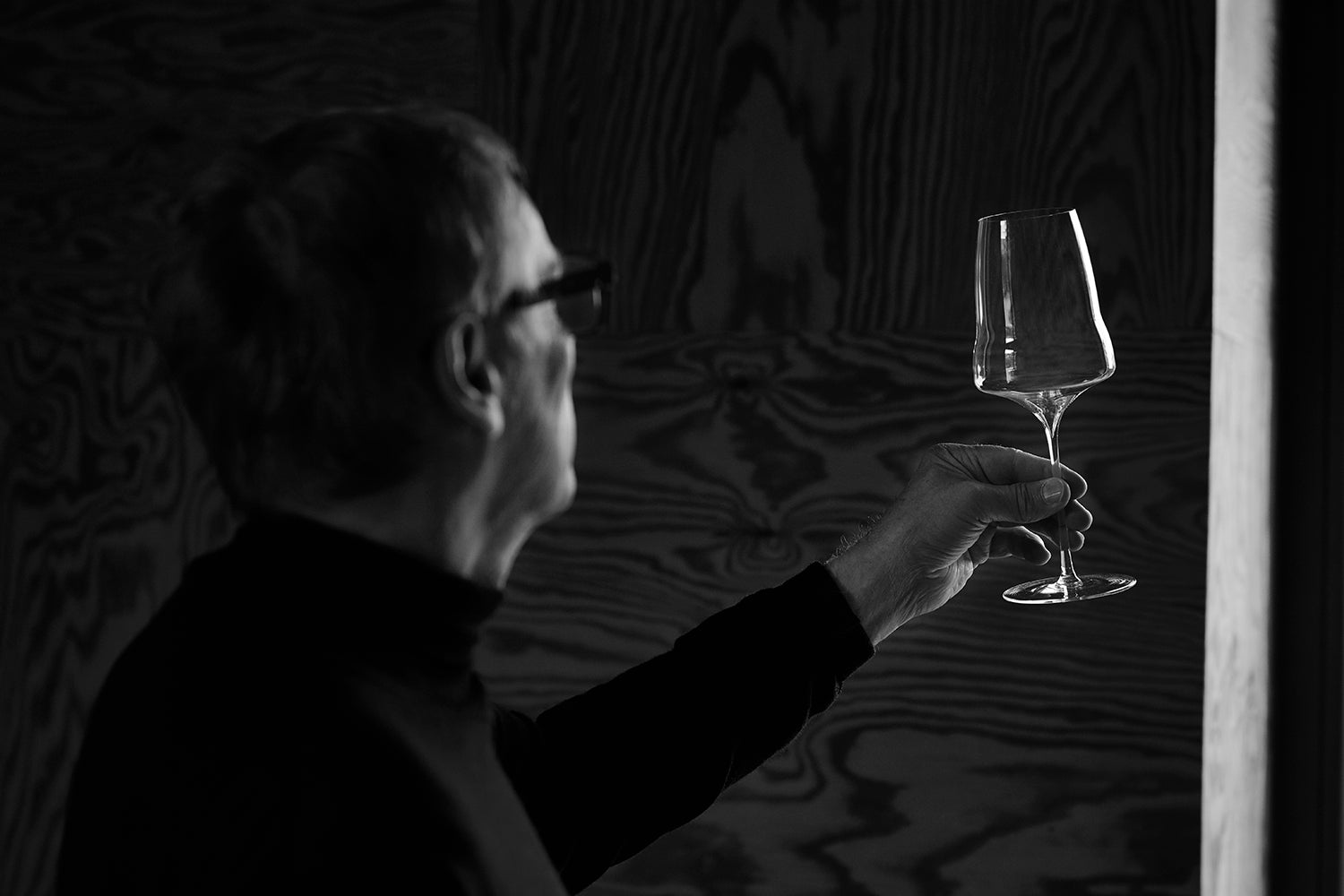
Innovative Design
"I have been exploring the influence of shapes and materials on the behavior and taste of wines for over 30 years. Like the great masters of the Renaissance, I adhere to the concept of 'calculated form.' It takes a great deal of time and intuition for me to develop the shape and function of the glass until the individual radii and angles are in perfect harmony. The result is a highly functional design that is also aesthetically compelling."
Kurt Josef Zalto
Kurt Josef Zalto creates glasses that, through their visionary design, open up new dimensions of flavor.

Kurt Josef Zalto
As a glassmaker in the sixth generation, the passion for glass is in Kurt Josef Zalto's genes. The tradition of his family's glassmaking craft dates back to the 18th century in Venice, Italy. Growing up in the Austrian glassmaking village of Brand-Nagelberg in the Waldviertel region near the Czech border, Kurt Josef Zalto completed his glassmaking apprenticeship in Kramsach, Tyrol.
He then ran the family business, offering a classical range of glasses, carafes, vases, and various accessories.
In the wine world, he first made waves in the year 2000 as the designer of a collection of exceptional wine glasses. He parted ways with this project in 2009.
Since 2019, he has been exclusively designing the glass collection for the new Josephinenhütte, which he co-founded. He refers to the Josephine as his masterpiece.


